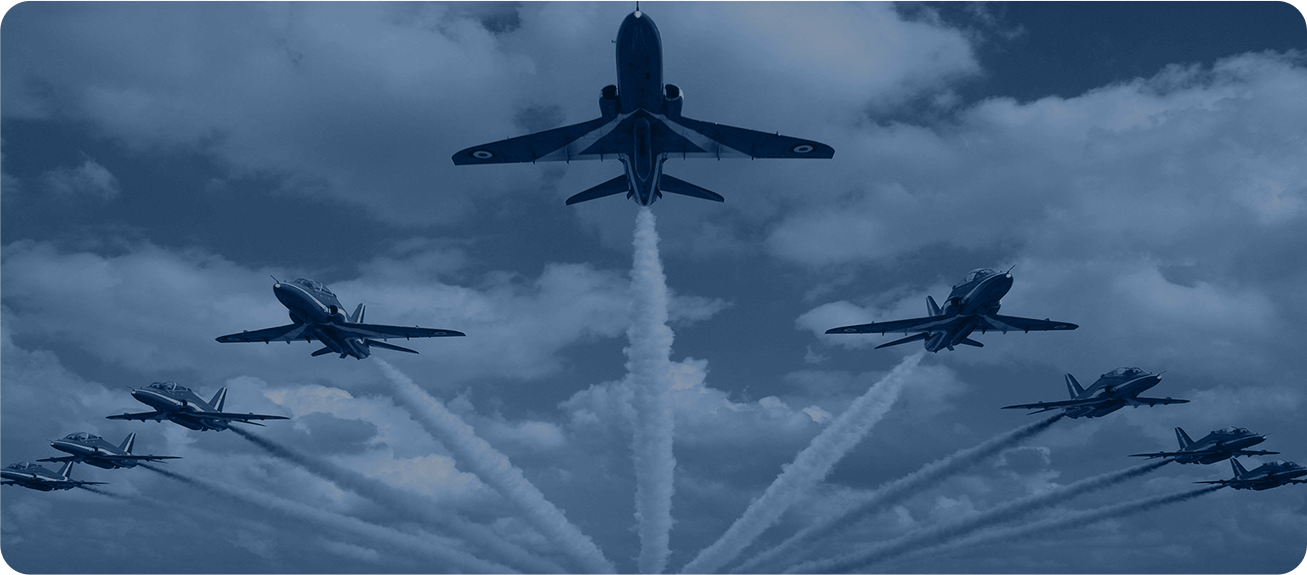Kiwistacker
Clinically Insane
- 660
- 16
- 0
Boring but could someone please tell me what the current RAF definition for D-State is please?
Thanks in Advance.
Thanks in Advance.

Boring but could someone please tell me what the current RAF definition for D-State is please?
Thanks in Advance.
DELTA (D).
(1) AOG. An ac is grounded or is unable to fulfil any role within the Air Tasking Order (ATO), operational tasking or assigned JRRF high readiness (R2) due to a spare(s) requirement.
(2) A surface launched weapon system, radar, simulator or mission critical item is totally incapable of use in any form.
As a Techie, a ‘D-State’ means that the aircraft will not be able to FLY without the spare. Saying that though, if an aircraft was doing Air to Air refuelling and it was a refuelling component on demand, the aircraft could fly but could not carry out its required role and would therefore remain grounded.
Appreciate it isn’t up to your stacker precision as a description but just to add to the thread, that is a techies view point.
Kia ora,
I should have explained, I'm in the RNZAF. My boss is re-writing the definition for AOG here, like we went AOG for a Hercules urinal recently so it's not clearly defined. I thought perhaps the RAF may have it defined better so I was after the AP830 definition or whatever AP it is now.
Cheers.
How do you mean definitions?
A D state is for when you are work stop on the jet so you need the asset fastest possible means.
Explain the situation. Are you wondering of something should be a D state or a P state for instance??
Wouldn't your example be a 'C' State?
Aircraft able to fly, but limited in role. To use your example of an AAR aircraft, it can fly, so could potentially carry passengers if required. But it is unable to carry out it's AAR role.
It's 'P' states that baffle me...
I believe it used to be the case that you were only allowed one per jet at any one time but these limits seem to have been relaxed.
So do "D" "P" and "C" actually stand for anything?
It's 'P' states that baffle me...
D state is not neccessarily Work stop but it is causing the jet to be grounded. You can still work other snags at the same time. It is therefore possible to be D state for more than one item on a jet. I believe it used to be the case that you were only allowed one per jet at any one time but these limits seem to have been relaxed.
